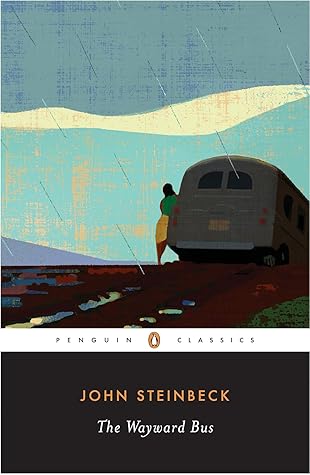They were wooden bridges, backed and suspended by steel rods, and each one was supported in the middle and at the ends by concrete piers. The wood was painted dark red and the iron was dark with rust. On the river side of each bridge backwaters of piles and braided, mattressed willow deflected the water toward the spans and kept the gnawing current from undermining the bridgeheads.
In the middle of the valley, which is on a direct line between Rebel Corners and San Juan de la Cruz, the river makes a great loop, ranging from side to side of the level valley, casting its coil against the mountain on the eastern edge and moving away to cross the fields and farmlands. In the old times the road followed the loop of the river and crawled up the side of the hill to avoid crossing. But with the coming of engineers and steel and concrete, two bridges had been thrown over the river, and these cut out twelve miles of the San Ysidro’s playfulness.
They were wooden bridges, backed and suspended by steel rods, and each one was supported in the middle and at the ends by concrete piers. The wood was painted dark red and the iron was dark with rust. On the river side of each bridge backwaters of piles and braided, mattressed willow deflected the water toward the spans and kept the gnawing current from undermining the bridgeheads.
These bridges were not very old, but they had been built at a time when the tax rate was not only low, but much of it uncollectable because of what was called “hard times.” The county engineer had found it necessary to build within a budget that allowed only the simplest construction. His timber should have been heavier and his struts more numerous, but he had to build a bridge within a certain cost and he did. And every year the farmers of the middle valley watched the river with cynical apprehension. They knew that some time there would be a quick and overwhelming flood that would take the bridges out. Every year they petitioned the county to replace the wooden bridges, but there weren’t enough votes in the rural section to make the petitions mandatory. The large towns, which had not only the votes but the taxable assets, got the improvements. People were not moving to the medium-rich farmlands. A good service-station corner in San Juan had a higher assessed valuation than a hundred acres of grainland in the valley. The farmers knew that it was only a question of time before the bridges were destroyed and then, they said, the county would god-damned well come to its senses.


